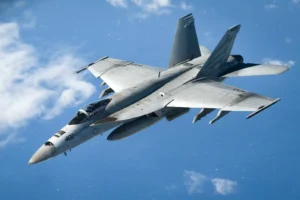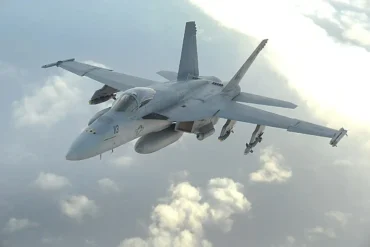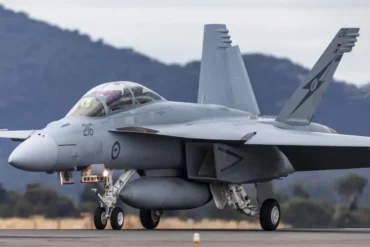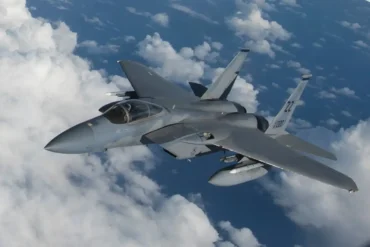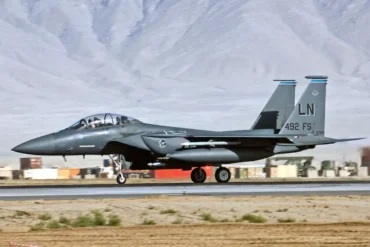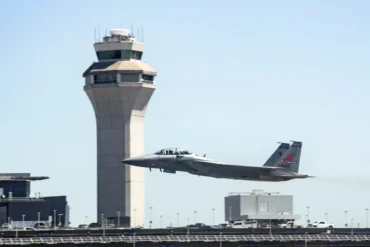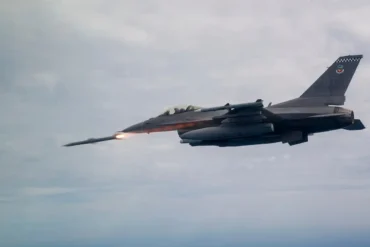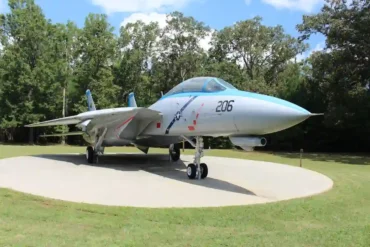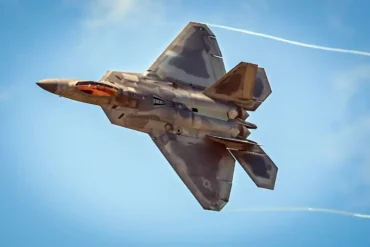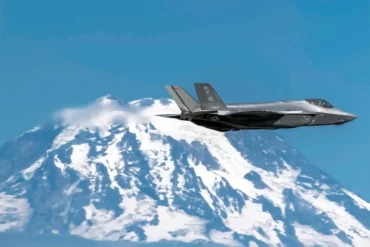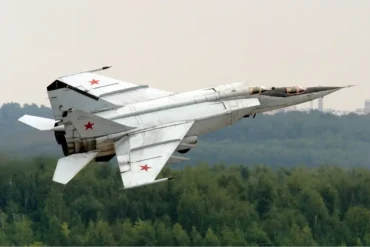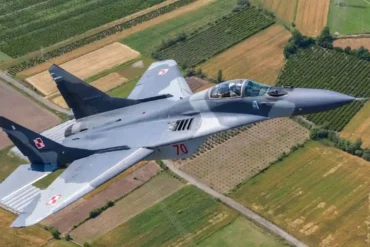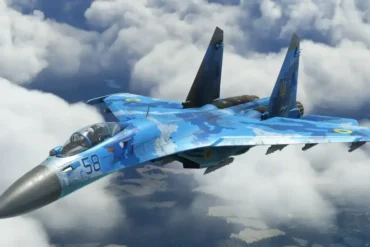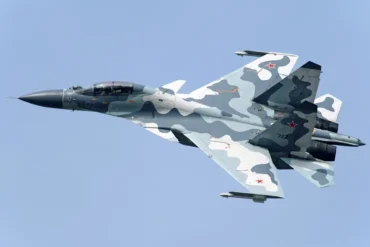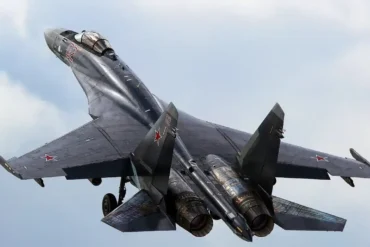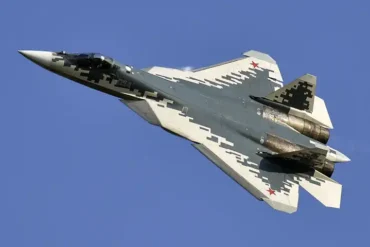While not the fastest in the skies, its effectiveness in various roles is unparalleled.
Overview
- The Super Hornet, an enhanced version of the Hornet, boasts elevated size and capabilities and has been a staple in the US Navy since 2000.
- With a maximum speed of Mach 1.60, it may not match the legacy model’s Mach 1.80, but its larger frame allows for extended flight duration and enhanced combat capabilities.
- Despite being larger, heavier, and somewhat slower than its predecessor, the Super Hornet excels in endurance, proving its worth in prolonged missions.
Boeing’s Super Hornet stands as a revamped iteration of McDonnell Douglas’ original Hornet. This enhanced version, comprising the F/A-18E and F/A-18F Super Hornets, surpasses its forerunner in size and capability. Introduced by the United States Navy in 2000, the Super Hornet remains a important asset in the fleet, anticipated to operate seamlessly until succeeded by the Lockheed Martin F-35 in the coming decade.
The Super Hornet, categorized as a twin-engine, carrier-capable fighter, maintains supersonic capabilities similar to the original Hornet. Its primary operator, the US Navy, leverages its multi-role design, adaptable for both attack and fighter roles depending on external equipment configurations. Serving as a fighter, it excels in escort duties and fleet defense. In its attack configuration, the Super Hornet proves invaluable in air support, force projection, and interdiction.
Evolution from Old to New
While rooted in the Hornet, the Super Hornet undergoes substantial redesign, retaining only the forward fuselage. The airframe sees expansion, resulting in increased length, and a 25% augmentation in wing area. The outcome is an aircraft nearly 20% larger than its predecessor, showcasing Boeing’s commitment to innovation and versatility.
Boeing implemented various modifications to enhance the aircraft’s aerodynamics and operational capabilities. Oval air intakes were swapped for rectangular ones, strengthen engine airflow and minimizing radar visibility. Leading-edge devices on the wings were redesigned to enhance handling, and larger wings now accommodate two extra hardpoints, increasing weapon and pod mounting to a total of 11.
The Super Hornet boasts increased fuel capacity, holding 33% more internal fuel. This amplifies its range by 41% and endurance by 50%, albeit making it notably heavier. Basic Empty Weight (BEW) and Maximum Takeoff Weight (MTOW) surpass the legacy model by 7,000 lbs (3,175 kg) and 15,000 lbs (6,803 kg), respectively.
Boeing’s fighter is equipped with the potent General Electric F414-GE-400, generating 13,000 lbf (58 kN) of dry thrust and 22,000 lbf (98 kN) with afterburners. This engine empowers the Super Hornet with 35% more thrust than its predecessor.
The elevated thrust and aerodynamic enhancements propel the F-18 Super Hornet to a maximum speed of Mach 1.60. Comparatively, the lighter Hornet achieves Mach 1.80. A comprehensive comparison between the two aircraft can be found here.
The New Contender
In its 24 years of active service, the F-18 Super Hornet underwent two updates. The initial update, designated Block II by Boeing, introduced active radar and numerous avionics upgrades, including larger screens and a helmet-mounted display.
The Block II version incorporated technology from the Boeing X-32 prototype, a contender that lost to Lockheed Martin’s X-35, later evolving into the F-35. This upgrade positioned it with capabilities akin to the Lockheed Martin F-22 Raptor and F-35 Lightning II.
Shortly after unveiling the Block II Super Hornet in 2008, Boeing initiated plans for another upgrade, the Block III. This iteration features a next-gen avionics system, lowered radar cross-section, and advanced networking infrastructure. The powerplant has also been optimized for decreased fuel consumption, prolonging its battlefield presence.
Boeing commenced deliveries of Block III Super Hornets in 2021, with a plan to convert all Block II aircraft to Block III specs by 2033. However, production of new aircraft will stay in 2025 due to the F-35’s superior standing in the field.
